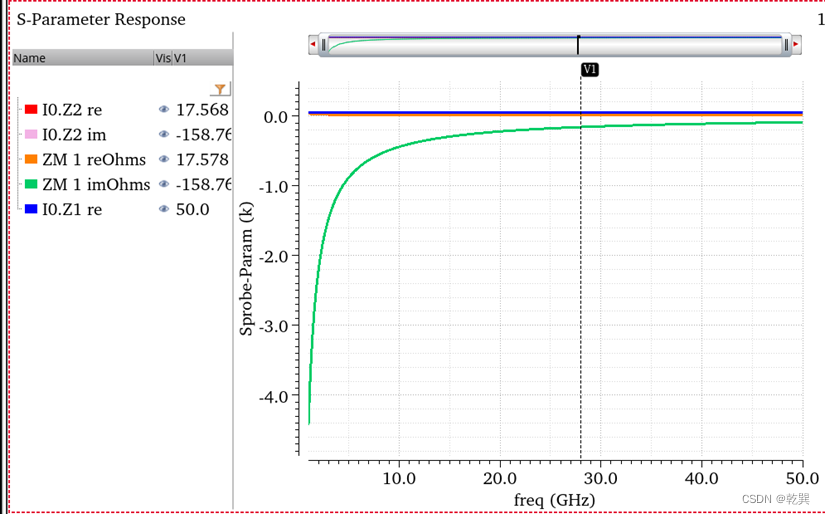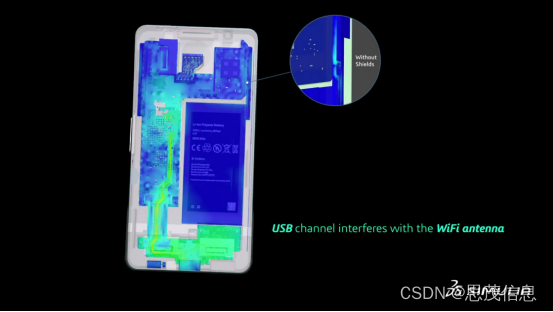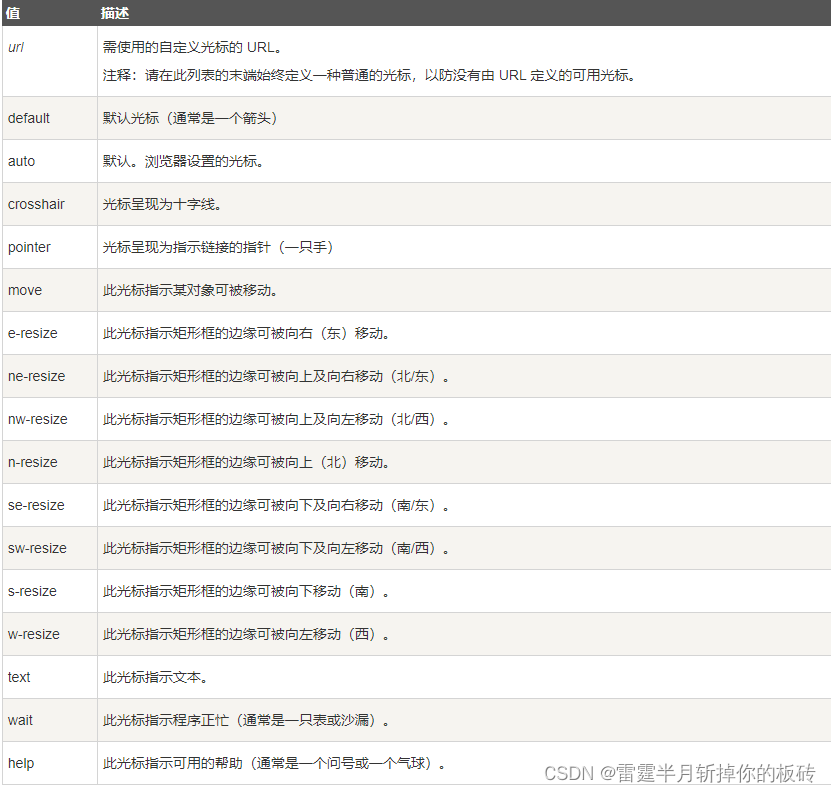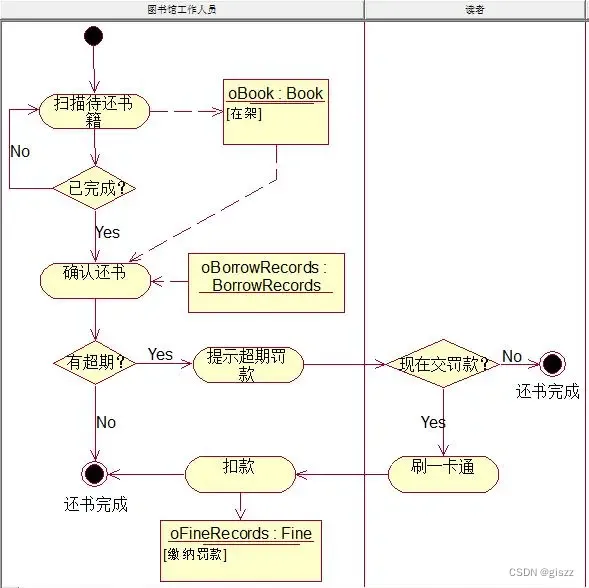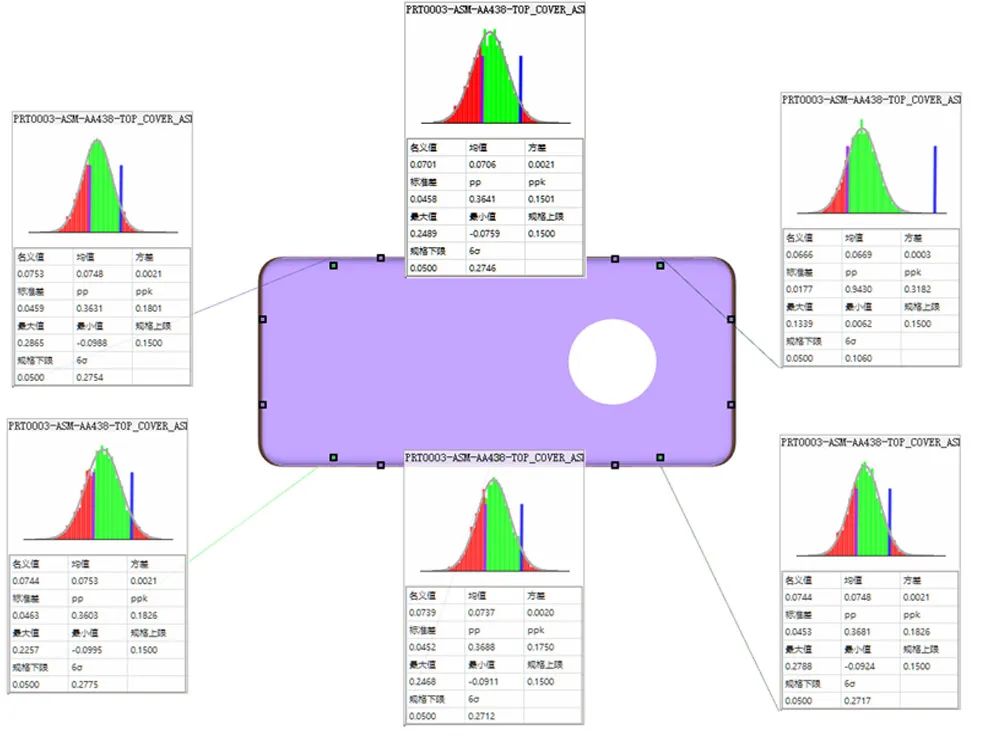一、问题总览
在这次作业中,要实现两个部分:光线的生成和光线与三角的相交。本次代码框架的工作流程为:
- 从main 函数开始。我们定义场景的参数,添加物体(球体或三角形)到场景中,并设置其材质,然后将光源添加到场景中。
- 调用Render(scene) 函数。在遍历所有像素的循环里,生成对应的光线并将返回的颜色保存在帧缓冲区(framebuffer)中。在渲染过程结束后,帧缓冲区中的信息将被保存为图像。
- 在生成像素对应的光线后,我们调用CastRay函数,该函数调用trace来
查询光线与场景中最近的对象的交点。 - 然后,我们在此交点执行着色。我们设置了三种不同的着色情况,并且已经为你提供了代码。
需要修改的函数是:
- Renderer.cpp中的Render():这里你需要为每个像素生成一条对应的光线,然后调用函数castRay()来得到颜色,最后将颜色存储在帧缓冲区的相应像素中。
- Triangle.hpp中的rayTriangleIntersect(): v0, v1, v2 是三角形的三个顶点,orig 是光线的起点,dir 是光线单位化的方向向量。tnear, u, v 是你需要使用我们课上推导的Moller-Trumbore 算法来更新的参数。
二、代码框架
- global.hpp:包含了整个框架中会使用的基本函数和变量。
- Vector.hpp: 由于我们不再使用Eigen 库,因此我们在此处提供了常见的向量操作,例如:dotProduct,crossProduct,normalize。
- Object.hpp: 渲染物体的父类。Triangle 和Sphere 类都是从该类继承的。
- Scene.hpp: 定义要渲染的场景。包括设置参数,物体以及灯光。
- Renderer.hpp: 渲染器类,它实现了所有光线追踪的操作。
三、参考答案
3.1 Renderer.cpp中的Render()
-
Render()生成从人眼射向像素的射线
-
需要将栅格空间坐标(i, j) -> 世界坐标(x, y)
- 具体而言:Raster space -> NDC space -> Screen space -> World space
-
可以参考这篇文章
Ray-Tracing: Generating Camera Rays (Generating Camera Rays) -
具体步骤如下
-
Raster space -> NDC space


- Pixelx是像素的矩形顶点(比如左上角)是个整数用来代表像素
- 加0.5是为了取得像素的中心点
-
NDC space -> Screen space


-
公式如下

-
调整y轴的朝向

-
-
Screen space -> World space
- 对于宽高比不是1的屏幕,会导致像素方格变形,所以x需要乘上宽高比,使每一个像素的x与y相同


- 根据视距改变看到的场景的大小

- tan(fov/2) = 原本图像屏幕高度 : 距离
- 其中观察点到屏幕距离为1,所以tan(fov/2) = 原本的图像高度
- 现在的图像高度(y:[-1, 1]) 为1,所以要乘以tan(fov/2)恢复到原始图像尺寸;尺寸发生变化,图像上的点位置自然随之变化

- tan(fov/2) = 原本图像屏幕高度 : 距离
- 对于宽高比不是1的屏幕,会导致像素方格变形,所以x需要乘上宽高比,使每一个像素的x与y相同
-
-
参考代码
for (int j = 0; j < scene.height; ++j)
{
for (int i = 0; i < scene.width; ++i)
{
// generate primary ray direction
float x;
float y;
// TODO: Find the x and y positions of the current pixel to get the direction
// vector that passes through it.
// Also, don't forget to multiply both of them with the variable *scale*, and
// x (horizontal) variable with the *imageAspectRatio*
x = (2.0f*(float(i)+0.5f)/scene.width-1.0f)*imageAspectRatio*scale;
y = (1.0f-2.0f*(float(j)+0.5f)/scene.height)*scale;
Vector3f dir = Vector3f(x, y, -1); // Don't forget to normalize this direction!
framebuffer[m++] = castRay(eye_pos, dir, scene, 0);
}
UpdateProgress(j / (float)scene.height);
}
3.2 Triangle.hpp中的rayTriangleIntersect()
-
使用Moller-Trumbore算法,判断光线与物体是否有交点,并且更新tnear, u 和 v( 对应下图中的t, b1, b2)

- 假如tnear, u , v和(1 - u - v)均大于等于0,则说明光线和面有交点
bool rayTriangleIntersect(const Vector3f& v0, const Vector3f& v1, const Vector3f& v2, const Vector3f& orig,
const Vector3f& dir, float& tnear, float& u, float& v)
{
// TODO: Implement this function that tests whether the triangle
// that's specified bt v0, v1 and v2 intersects with the ray (whose
// origin is *orig* and direction is *dir*)
// Also don't forget to update tnear, u and v.
Vector3f E1 = v1 - v0;
Vector3f E2 = v2 - v0;
Vector3f S = orig - v0;
Vector3f S1 = crossProduct(dir, E2);
Vector3f S2 = crossProduct(S, E1);
float k = 1.0f/dotProduct(S1, E1);
tnear = k * dotProduct(S2,E2);
u = k * dotProduct(S1,S);
v = k * dotProduct(S2,dir);
if(tnear >= 0.0f && 1-u-v>=0.0f && u>=0.0f && v>=0.0f)
return true;
return false;
}
四、编译
mkdir build
cd build
cmake ..
make
./RayTracing
附件
作业5压缩包
